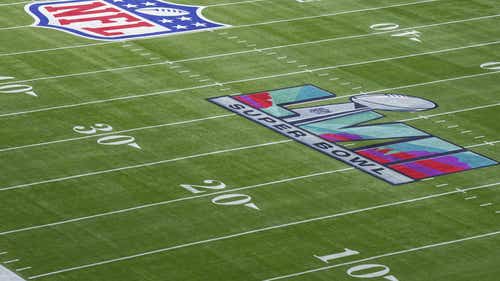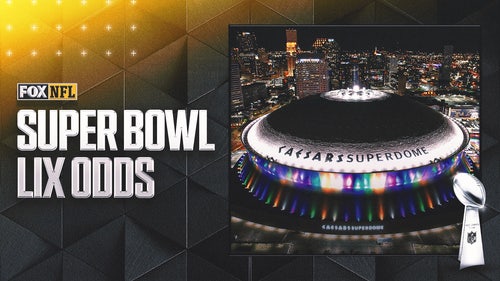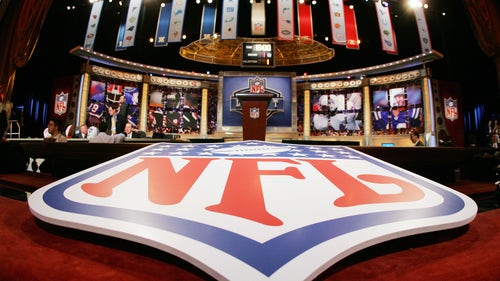
Economic downturn From the Saints losing ways

The 2006 season ushered in the feel-good era for the New Orleans Saints. Sean Payton came in and took over as the head coach, next came Drew Brees – fresh off an injury no one wanted to touch.
The pairing of Payton and Brees lit up this franchise, they gave us hope in a post-Hurricane Katrina New Orleans, and they put the Saints on the national radar. The Gulf South benefited from the Saints’ winning ways, people came here, they spent money to travel to see the team in action.
The Saints held up their end of the bargain and didn’t disappoint. From 2009 to 2011, there was arguably no more successful team in the NFL than the New Orleans Saints. During those three seasons the Saints went 37-11 and amassed 1,441 points and 19,895 yards of offense, including an NFL record 7,474 yards in 2011. It was fun to see the Saints play – and it was good for business.
But following two consecutive 7-9 seasons – 3 in the last 4 years – the Saints are on the brink of returning to the mediocrity that preceded those glory days.
From the early days of the Saints, the city saw them as something of a beloved rag-tag bunch. They were the crazy uncles at the party who had too many cocktails and ended up doing something silly. The Saints seemed to be on the wrong end of history – all the time. It was against the Saints that the Tampa Bay Buccaneers got their first victory. It was against the Saints that the Chicago Bears’ Walter Payton broke Jim Brown’s record and became the game’s all-time leading rusher.
But, there were small breaks in the dismal days. The Saints of the late 1980’s and early 1990’s had a good amount of regular season success. This didn’t result in any playoff wins, but at least the team seemed poised to move forward. Then in the early 2000’s former Saints linebacker Jim Haslett came in to take over the team. The Saints won their first ever playoff game that year. Hopes skyrocketed. The team floundered over the next few years. And then after the 2005 Hurricane Katrina season, most hope was gone.
But, as New Orleans recovered, it was the Saints who the city and southeastern Louisiana rallied behind.
The Saints sold out the entire allotment of 2006 season tickets, a first in Saints history. Fans were coming back home and eager to support the team. The team responded by not only making the playoffs but making it to their first ever conference championship. Since that point, not only have season tickets sold out annually, but there has been a backlogged waiting list – at one time reportedly long enough to almost fill a second Superdome. The glory days were finally here, and as all Who Dats know, the 2009 season culminated in a Super Bowl victory.
Because of all the winning, the New Orleans area saw an uptick in localized business. There were more people coming in from out of town. During the early years after Katrina, many wanted to come and see the city – they wondered if we were still under water, where the damage had been. Some just wanted to come and be part of the rebuilding and stay in the city. They wanted to dine in our restaurants, stay in our hotels, and see the French Quarter and Bourbon Street.
But this wasn’t the only difference locals saw. The name says New Orleans Saints, but anyone from around here knows the Saints are a regional team: The fan base goes from Lake Charles in the west, through the Florida panhandle in the East, and north as far as Jackson, Mississippi. All of these are day trips for Saints fans interested in coming for a game. But an unusual thing happened with the success of the team – people came and stayed for the weekend, instead of splitting after the game.
Even these “out of town locals” who are fans of the Black and Gold changed their patterns from coming in for game day, to coming in on Friday or Saturday and enjoying the city before and often after the games. This had happened in the past but never in the numbers it was occurring after the Saints became a viable, contending team. Having a winner helped to bring out the joy (and money) in the local fan base, and local merchants were the beneficiaries. Those numbers continued to grow after the Super Bowl win. and the team saw continued success for the next two seasons.
“Bountygate” was the turning point for New Orleans. Whether simply an implied glitch or a tangible bump, the ripples have spread out over the community and the whole Gulf South. Since that incident, the Saints have endured three losing seasons with 7-9 records sandwiched around one 11-5 season and a playoff berth.
Over the last two seasons of 7-9, the effects of mediocrity have been seen. Season ticket sales are still strong, but the waiting list isn’t nearly as long. Those fans who were driving in on Saturday morning from Pensacola or Natchez or Alexandria and staying overnight to watch the Sunday noon game are getting up Sunday morning, driving in and driving back home.
With the Saints off to a rough start and the tough part of their schedule still to come, it doesn’t seem that this year will get much better. The dead salary cap money has hindered spending on better free agents to help shore up a creaky offensive line and lack of pass rush on defense.
Much of that money will fall off the books next season. Drew Brees has taken a deal contractually, so the team is in a better position to get solid players in the next year or two. Brees sees the writing on the wall. If he’s to win big again, it has to be soon.
And for the city longing to see those glory days again – and feel that economic uptick again – that winning can’t come soon enough.
More from Who Dat Dish
This article originally appeared on












